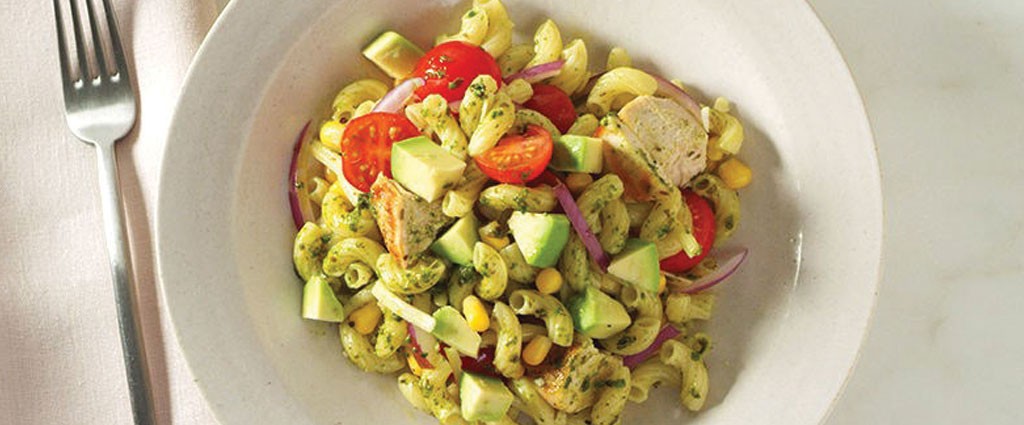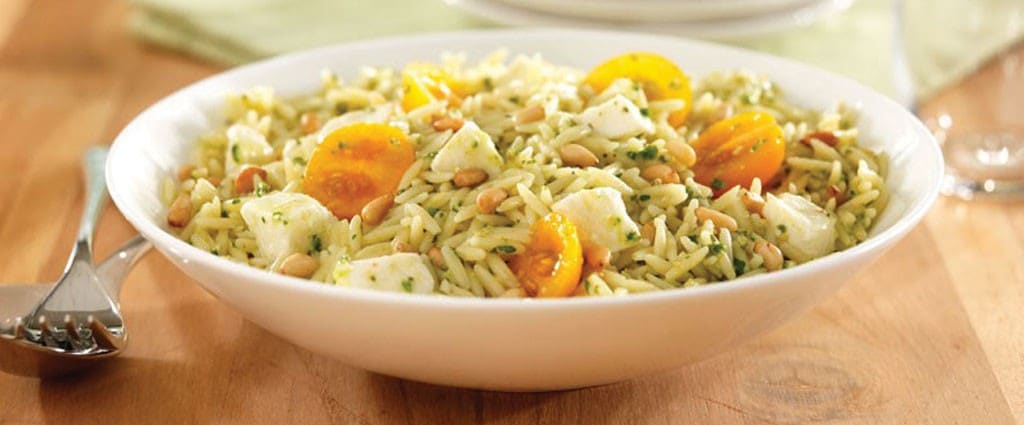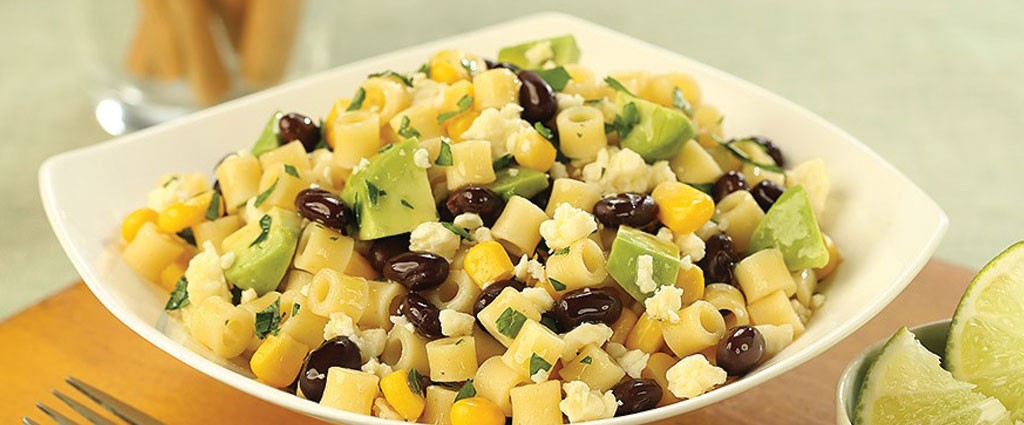







Authentic Italian
Truths and myths about Italian-style eating.
BY VICKI MARTINEZ
Think you know Italian? Keep reading to find out if any of these myth-busting truths catch you by surprise.
*Tip: To read more use the mouse to scroll or click through the navigation on the right side of the screen.

Italians only eat fresh-made pasta (pasta fresca).
Italians eat a lot of pasta—on average, 51 pounds per person annually. Most of that pasta is dried pasta (pasta secca) from a box.
For the best, most authentic pepperoni pizza, go to Naples.
Although Naples is the birthplace of the pizza we know and love today, don't order a pepperoni pizza unless you're craving vegetarian fare. A peperoni Napoli-style pizza comes topped with bell peppers.
You can't get an American-style pepperoni pizza anywhere in Italy.
You can. Order salame piccante. But only if you enjoy a little spicy kick to your pizza.
Bread is the opening act of any true Italian meal.
In Italy, bread is not an appetizer. It's part of the after pasta, meal-end ritual, fare la scarpetta, where it’s used to mop up any remaining sauce on the plate.
Real Italians eat their spaghetti with a spoon.
Well, that is true... if you’re a child. Italian children can eat spaghetti with a spoon until they master the fork-twirling technique.
The best spaghetti and meatballs you’ll ever eat is made in Italy.
Spaghetti and meatballs are not served together as one dish in Italy. Meatballs are served separately, typically after the pasta course. And don’t expect those mountainous monstrosities we call meatballs in America. Authentic Italian meatballs, called polpettes, are a little smaller than a golf ball.
Grating parmesan on top of any main course is “the Italian way.”
Italians typically don't overload their pasta with cheese and sauce. Instead, pasta is usually tossed with olive oil and one or two fresh, in-season ingredients, such as red pepper flakes, basil, tomatoes, fish or seafood. Cheese is fresh-grated and used sparingly. However, unlike Americans, who use cheese in pasta dishes with seafood, Italians for the most part do not pair cheese with seafood. (This truth, courtesy of Barilla Executive Chef Lorenzo.)

Authentic Italian
Truths and myths about Italian-style eating.
BY VICKI MARTINEZ
Think you know Italian? Keep reading to find out if any of these myth-busting truths catch you by surprise.
*Tip: To read more use the mouse to scroll or click through the navigation on the right side of the screen.


Italians only eat fresh-made pasta (pasta fresca).
Italians eat a lot of pasta—on average, 51 pounds per person annually. Most of that pasta is dried pasta (pasta secca) from a box.

For the best, most authentic pepperoni pizza, go to Naples.
Although Naples is the birthplace of the pizza we know and love today, don't order a pepperoni pizza unless you're craving vegetarian fare. A peperoni Napoli-style pizza comes topped with bell peppers.

You can't get an American-style pepperoni pizza anywhere in Italy.
You can. Order salame piccante. But only if you enjoy a little spicy kick to your pizza.

Bread is the opening act of any true Italian meal.
In Italy, bread is not an appetizer. It's part of the after pasta, meal-end ritual, fare la scarpetta, where it’s used to mop up any remaining sauce on the plate.

Real Italians eat their spaghetti with a spoon.
Well, that is true... if you’re a child. Italian children can eat spaghetti with a spoon until they master the fork-twirling technique.

The best spaghetti and meatballs you’ll ever eat is made in Italy.
Spaghetti and meatballs are not served together as one dish in Italy. Meatballs are served separately, typically after the pasta course. And don’t expect those mountainous monstrosities we call meatballs in America. Authentic Italian meatballs, called polpettes, are a little smaller than a golf ball.

Grating parmesan on top of any main course is “the Italian way.”
Italians typically don't overload their pasta with cheese and sauce. Instead, pasta is usually tossed with olive oil and one or two fresh, in-season ingredients, such as red pepper flakes, basil, tomatoes, fish or seafood. Cheese is fresh-grated and used sparingly. However, unlike Americans, who use cheese in pasta dishes with seafood, Italians for the most part do not pair cheese with seafood. (This truth, courtesy of Barilla Executive Chef Lorenzo.)





Share this Post